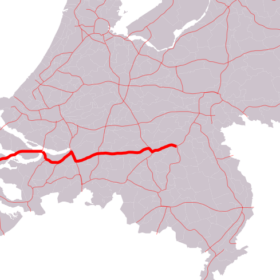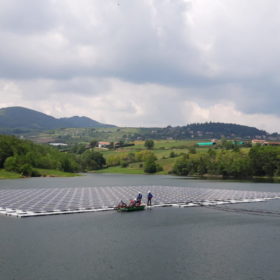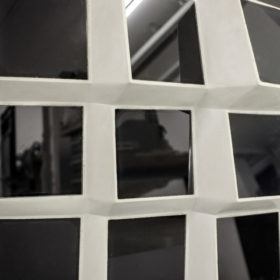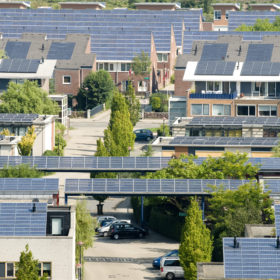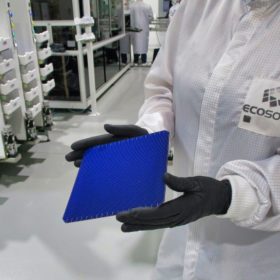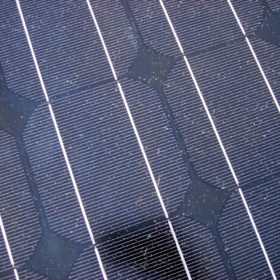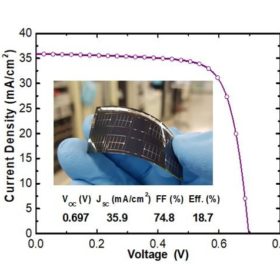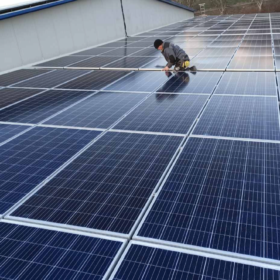Planned 48 MW Netherlands solar plant could be another solar highway
It is not clear whether panels will line the Rijksweg 59 highway or be sited next to a stretch of it. UK oil giant Shell is planning the installation as part of a renewables cluster to also feature wind power.
Another 30 MW of floating solar ready to set sail in France
The commune of Châteauneuf-du-Rhône, in the French department of Drôme, has signaled its approval of a floating PV project submitted by the Compagnie Nationale du Rhône which still requires a permit from the planning authorities.
German scientists develop solar facade with 50% higher yield
The three-meter prototype consists of nine panels based on an aluminum compound. The PV elements of the facade can be tilted to capture more sunlight.
Energy community provisions for Italy
New measures introduced by the government allow households, businesses and public entities to produce and trade clean electricity in low-voltage grids. The new framework is open to power projects with a generation capacity no larger than 200 kW.
A commercial bifacial HJT solar cell with 24.1% efficiency
The cell is being manufactured by Switzerland-headquartered Ecosolifer with a manufacturing line provided by heterojunction specialist Meyer Burger at a 100 MW factory located in Hungary. The claimed efficiency is yet to be confirmed by an independent party.
Achieving 21.2% efficiency in a perovskite cell thanks to food additives
South Korean scientists have developed two perovskite solar cells based on a polymer made with peppermint oil and walnut aroma food additives, respectively. The new dopant‐free hole transport polymer is said to enable longer durability of the devices and to prevent lead-leakage.
A plug-and-play solar-powered battery back-up solution for the home
The OneBox, from Indian manufacturer Vision Mechatronics, consists of a lithium battery, hybrid inverter and solar charge controller to give a ‘hassle-free’ solution for electricity back-up during power outages. Solar rooftop owners are offered a grid feed feature to maximize net metering income from any excess power generated.
A new PV emulator to evaluate the I-V profile of solar panels
The device is based on a state-feedback adaptive control system in a real-time controller. According to its developers, it can achieve good dynamic response and boasts better bandwidth than current commercial alternatives.
Korean researchers announce flexible CIGS solar cell with 20.4% efficiency
The thin-film cell was manufactured through a low-temperature process and doping with alkali elements.
Moldova introduces feed-in tariff for small scale solar
The 15-year payments will come into force when new renewables FITs are published in the country’s official journal within the next few days. The government wants to allocate 15 MW of solar facilities ranging in size from 10 kW to 1 MW through the scheme, with larger projects having to compete in auctions.
